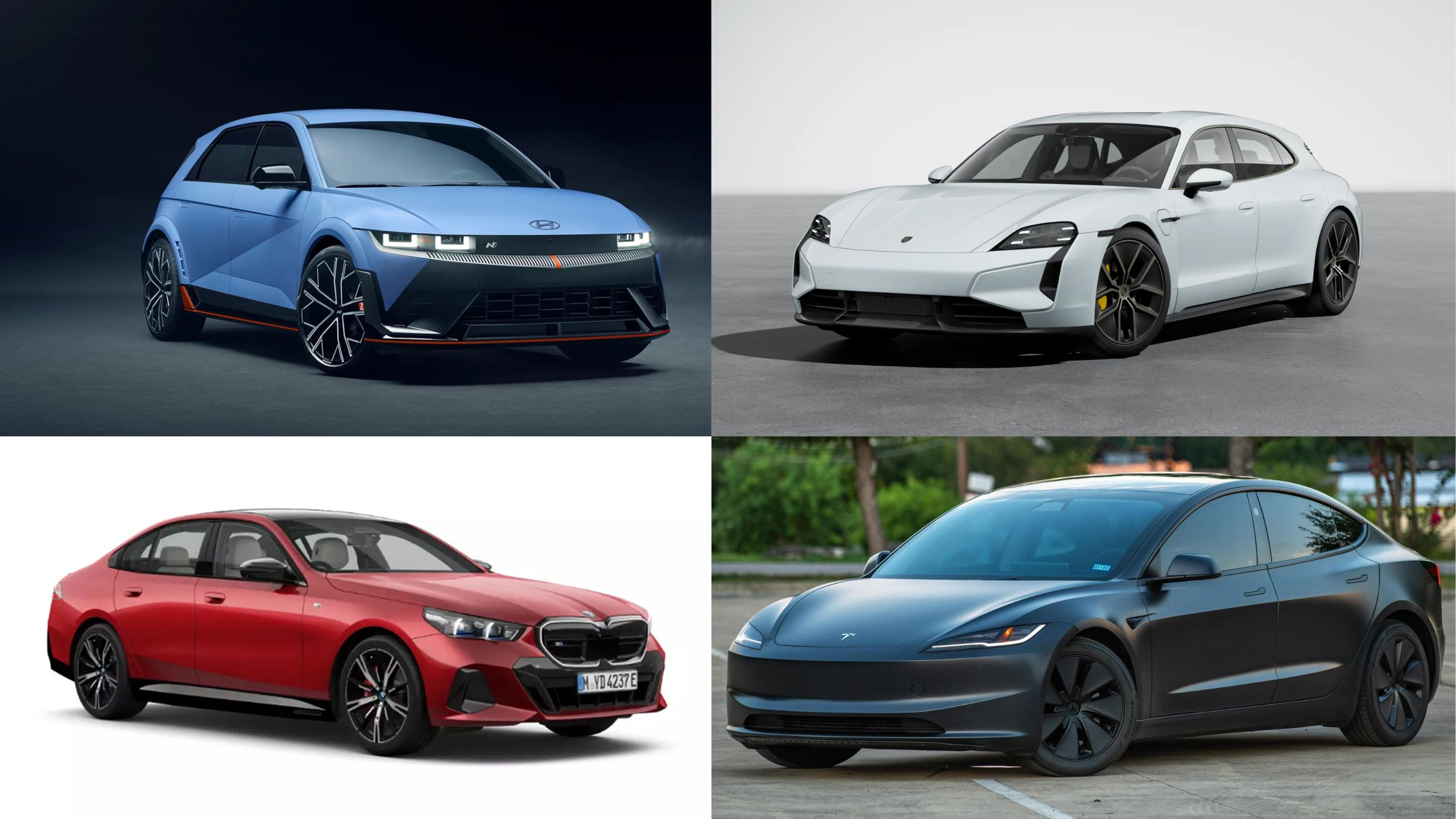The fast-charging capability has emerged as one of the most critical factors for electric vehicle adoption, transforming the EV ownership experience by dramatically reducing waiting times during long journeys.
As EV technology continues to advance in 2025, manufacturers are competing to deliver ever-faster charging rates that rival the convenience of traditional refueling.
Modern electric vehicles now offer impressive charging speeds measured not just in kilowatts, but in how many miles of range can be added per minute of charging the metric that matters most to drivers on the go.
The fast charging is changing rapidly with the widespread adoption of 800-volt architectures, new battery chemistries, and intelligent thermal management systems.
These innovations allow today’s best-performing EVs to add hundreds of miles of range in just 15-20 minutes under optimal conditions.
This comparison examines the ten electric vehicles with the most impressive fast-charging capabilities currently available, considering not only their peak charging rates but also real-world charging curves, battery preconditioning features, and charging network compatibility all critical factors that determine the actual charging experience.
1. Porsche Taycan Turbo S
The Porsche Taycan Turbo S stands as a benchmark for ultra-fast charging in the luxury EV segment. Built on an 800-volt electrical architecture double the voltage of most competitors the Taycan can accept charging rates up to 350kW at compatible DC fast chargers.
This translates to the ability to charge from 5% to 80% in approximately 22 minutes under ideal conditions, adding about 200 miles of range in just 15 minutes of charging.
What sets the Taycan apart is not just its peak charging rate but the consistency of its charging curve. Unlike many EVs that rapidly taper charging speeds after reaching 50-60% battery capacity, the Taycan maintains higher charging rates deeper into the charging session.
This is made possible by its sophisticated thermal management system that precisely controls battery temperature before and during charging.
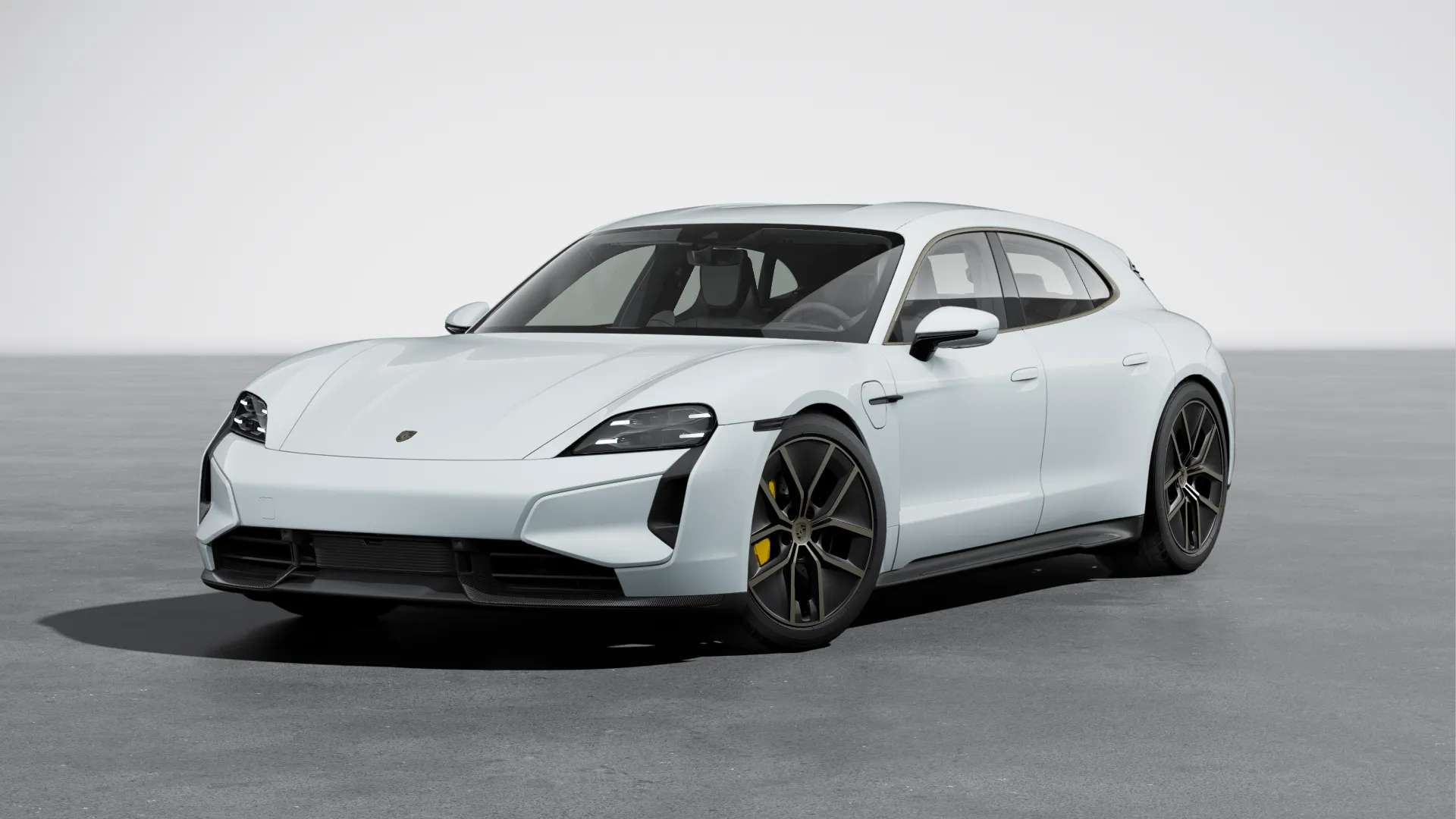
The Taycan’s intelligent route planning deserves special mention, as it automatically preconditions the battery when going to a charging station.
This ensures the battery reaches optimal temperature before arriving, eliminating the waiting period many EVs require before achieving maximum charging speeds.
The Porsche Charging Planner factors in topography, speed limits, and even traffic conditions to calculate the most time-efficient route including necessary charging stops.
In real-world testing across various weather conditions, the Taycan has demonstrated remarkable charging consistency, maintaining 270+ kW rates up to about 40% state of charge, and still accepting 150+ kW at 60% battery level.
This translates to an average of 16-18 miles of range added per minute of charging during the critical 10-60% charging window performance that significantly reduces trip times on long journeys compared to competitors with higher EPA range but slower charging.
2. Hyundai Ioniq 5 N
The Hyundai Ioniq 5 N represents the democratization of ultra-fast charging technology, bringing supercar-level charging speeds to a more accessible price point.
Built on Hyundai’s E-GMP platform with its 800-volt electrical system, the performance-oriented Ioniq 5 N can charge from 10% to 80% in just 18 minutes under optimal conditions among the fastest in the industry regardless of price.
The Ioniq 5 N’s charging prowess comes from its ability to maintain charging rates above 230 kW for an extended period during the critical first half of the charging session.
In real-world testing, the vehicle consistently achieves 10-80% charging times between 18-22 minutes, adding approximately 200 miles of range in that period. This translates to about 10 miles of range added per minute during peak charging.
What distinguishes the Ioniq 5 N from competitors is its remarkably flat charging curve. While many EVs experience significant charging speed tapering after 50% battery level, the Ioniq 5 N maintains higher charging rates up to 70% state of charge.
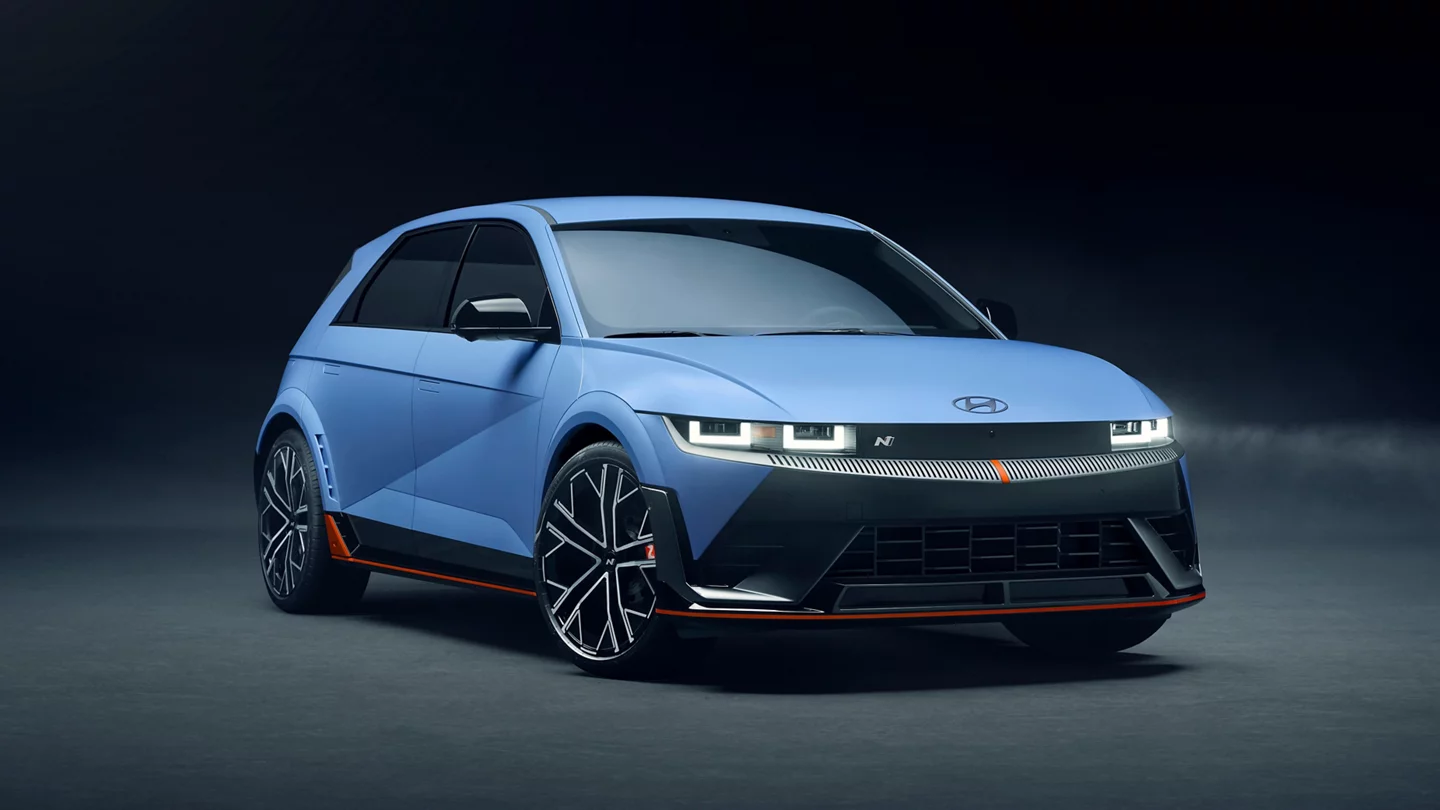
This consistency is achieved through an advanced battery thermal management system that uses liquid cooling channels integrated directly into the battery pack.
The vehicle also features an intelligent battery preconditioning system that automatically activates when going to DC fast chargers, ensuring the battery reaches optimal temperature before charging begins.
Its bidirectional charging capability allows it to discharge power at up to 3.6 kW, enabling it to power external devices or even charge another EV at Level 2 speeds a unique feature among performance EVs.
During winter testing, the Ioniq 5 N demonstrated better cold-weather fast-charging performance than most competitors, with minimal degradation in charging speed thanks to its heat pump system and battery warming function. This all-season charging reliability makes it particularly appealing in regions with extreme temperature variations.
3. Tesla Model 3 Long Range
The Tesla Model 3 Long Range continues to exemplify fast-charging excellence thanks to Tesla’s continuous software optimization and the expansive Supercharger network.
While its 400-volt architecture might seem outdated compared to newer 800-volt systems, Tesla’s relentless refinement has enabled charging rates up to 250 kW at V3 and V4 Superchargers, allowing the Model 3 Long Range to charge from 10% to 80% in approximately 25 minutes.
What truly distinguishes Tesla’s charging experience is the seamless integration between vehicle, navigation system, and charging infrastructure.
The Model 3’s trip planner automatically routes through Superchargers when necessary, precisely calculating charging times and preconditioning the battery before arrival.
This system accounts for elevation changes, weather conditions, and even real-time charger availability, optimizing not just for minimum charging time but for trip duration.
Tesla’s charging curve has been refined through numerous software updates to maintain higher rates through more of the charging session.
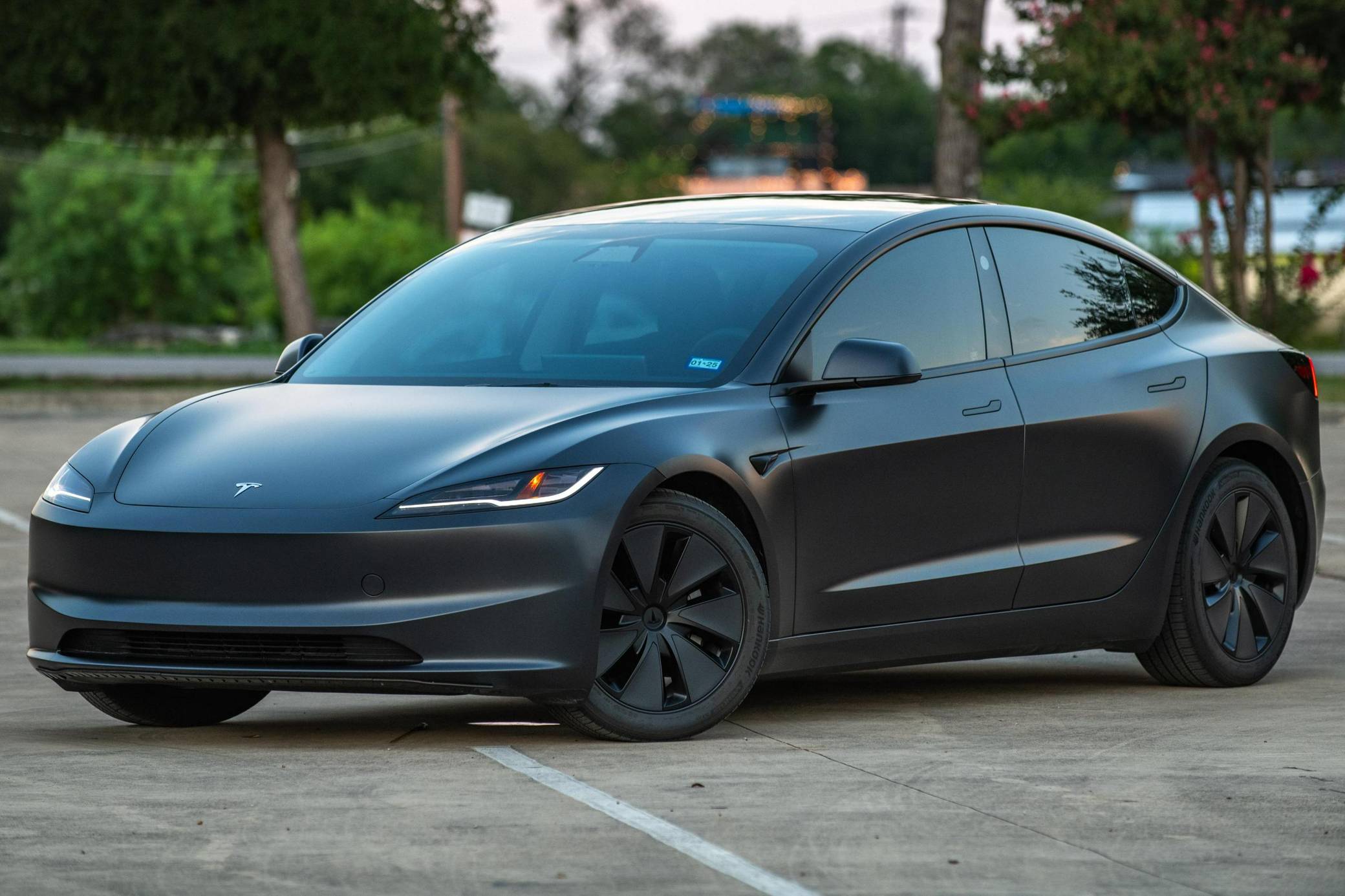
The Model 3 Long Range typically sustains charging rates above 180 kW until approximately 50% state of charge, then gradually tapers.
This translates to adding roughly 175 miles of range in just 15 minutes of charging during the optimal charging window.
The real advantage for Tesla owners remains the reliability and ubiquity of the Supercharger network. With over 50,000 Superchargers globally by 2025, Tesla owners experience significantly fewer charger availability issues or maintenance-related outages.
The plug-and-charge functionality eliminates payment hassles while stall-sharing technology dynamically allocates power between adjacent vehicles to optimize charging speeds for all users.
Tesla’s vertical integration allows for unique features like charge rate prediction, which gives owners remarkably accurate estimates of expected charging times based on current battery temperature, state of charge, and even the specific characteristics of individual Supercharger stations.
This predictability transforms the charging experience from a potential frustration to a reliable part of the journey.
4. Lucid Air Grand Touring
The Lucid Air Grand Touring represents the pinnacle of charging efficiency among luxury electric sedans, featuring a proprietary 900-volt electrical architecture the highest of any production EV.
This ultra-high voltage system enables charging rates up to 350 kW at compatible DC fast chargers, allowing the Air to add up to 300 miles of range in just 20 minutes under optimal conditions a benchmark few competitors can approach.
What sets the Lucid Air apart is not just its peak charging rate but its exceptional charging efficiency. Thanks to its industry-leading energy consumption of less than 25 kWh per 100 miles, the Air adds more driving range per minute of charging than any other production vehicle.
The Air can add approximately 20 miles of range per minute during peak charging, compared to 12-15 miles for most competitors with similar power ratings but higher energy consumption.
Lucid’s thermal management system employs a sophisticated liquid cooling circuit with multiple radiators and a heat pump to maintain optimal battery temperature.
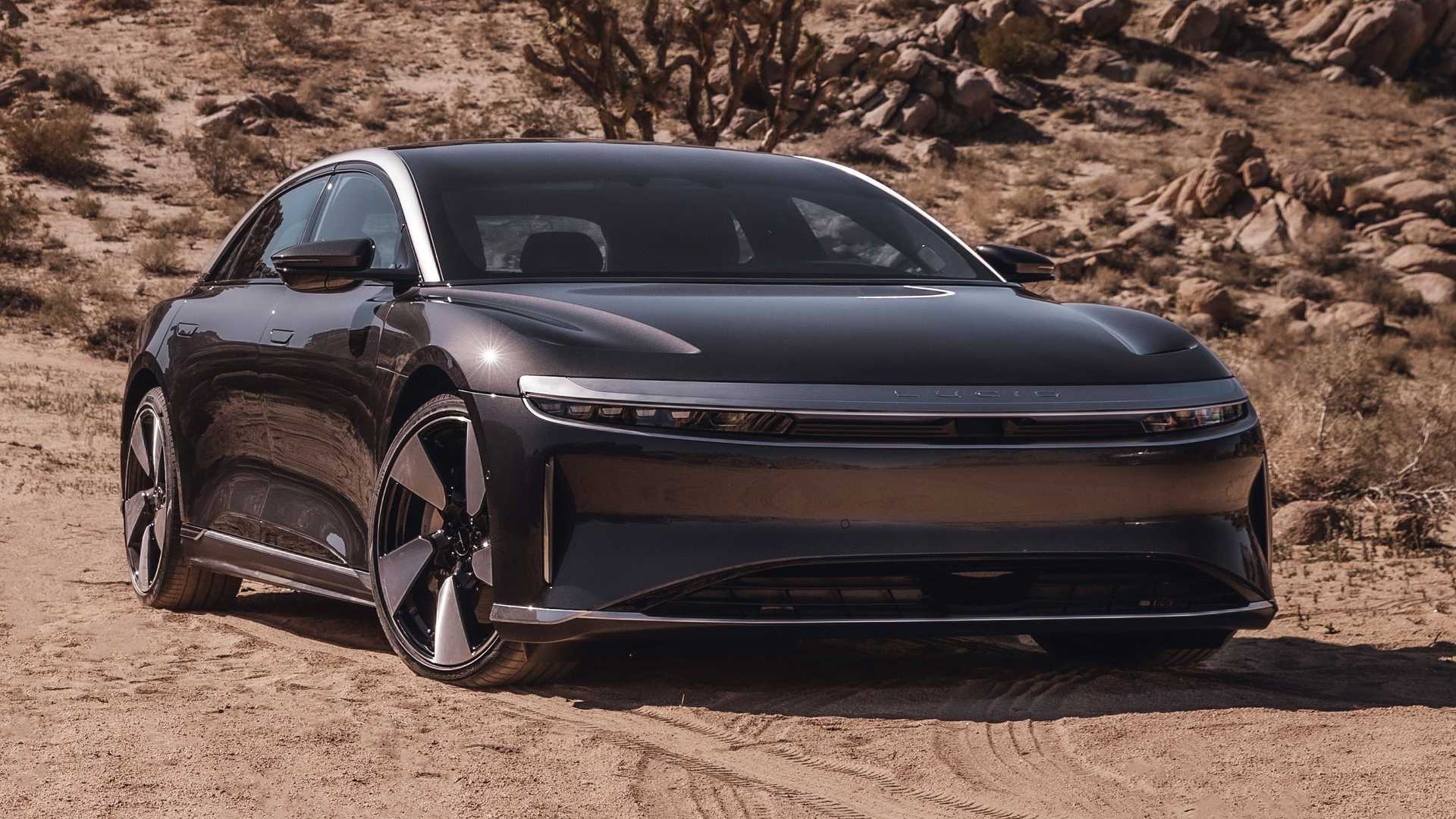
The system begins preconditioning the battery up to 20 minutes before arriving at a programmed charging stop, allowing the Air to reach maximum charging rates almost immediately upon plugging in.
The Air’s charging curve demonstrates remarkable consistency, maintaining rates above 300 kW up to roughly 45% state of charge, and still accepting over 150 kW at 70% battery level.
This allows the Air Grand Touring to charge from 10% to 80% in approximately 22 minutes in real-world conditions a performance that drastically reduces total trip times on long journeys despite having one of the largest battery packs on the market at 118 kWh.
Lucid’s integrated charging intelligence dynamically adjusts charging parameters based on cell temperature, ambient conditions, and even charging station characteristics, allowing the vehicle to optimize charging speed while preserving battery longevity.
When combined with its exceptional efficiency, the Air’s charging capabilities enable it to complete long-distance journeys with less total time spent charging than competitors with faster peak charging rates but higher energy consumption.
Also Read: 12 Cars With Driver Monitoring Systems for Safer Commutes
5. Kia EV9
The Kia EV9 has established itself as the fast-charging champion among three-row electric SUVs, offering charge rates that belie its large size and family-oriented design.
Built on the same E-GMP 800-volt architecture as its Hyundai siblings, the EV9 can charge from 10% to 80% in approximately 24 minutes at peak rates of up to 230 kW.
This translates to adding about 170 miles of range in 15 minutes remarkable performance for a vehicle of its size and weight. What makes the EV9’s charging particularly impressive is how it maintains this performance while supporting a massive 99.8 kWh battery pack.
Many large-battery EVs struggle with heat management during fast charging, but the EV9’s advanced thermal management system employs dedicated cooling circuits for the battery, power electronics, and motors, allowing sustained high-power charging without thermal limitations.
The EV9’s charging curve shows excellent consistency, maintaining over 200 kW until approximately 50% state of charge, and still accepting over 130 kW at 70% capacity.
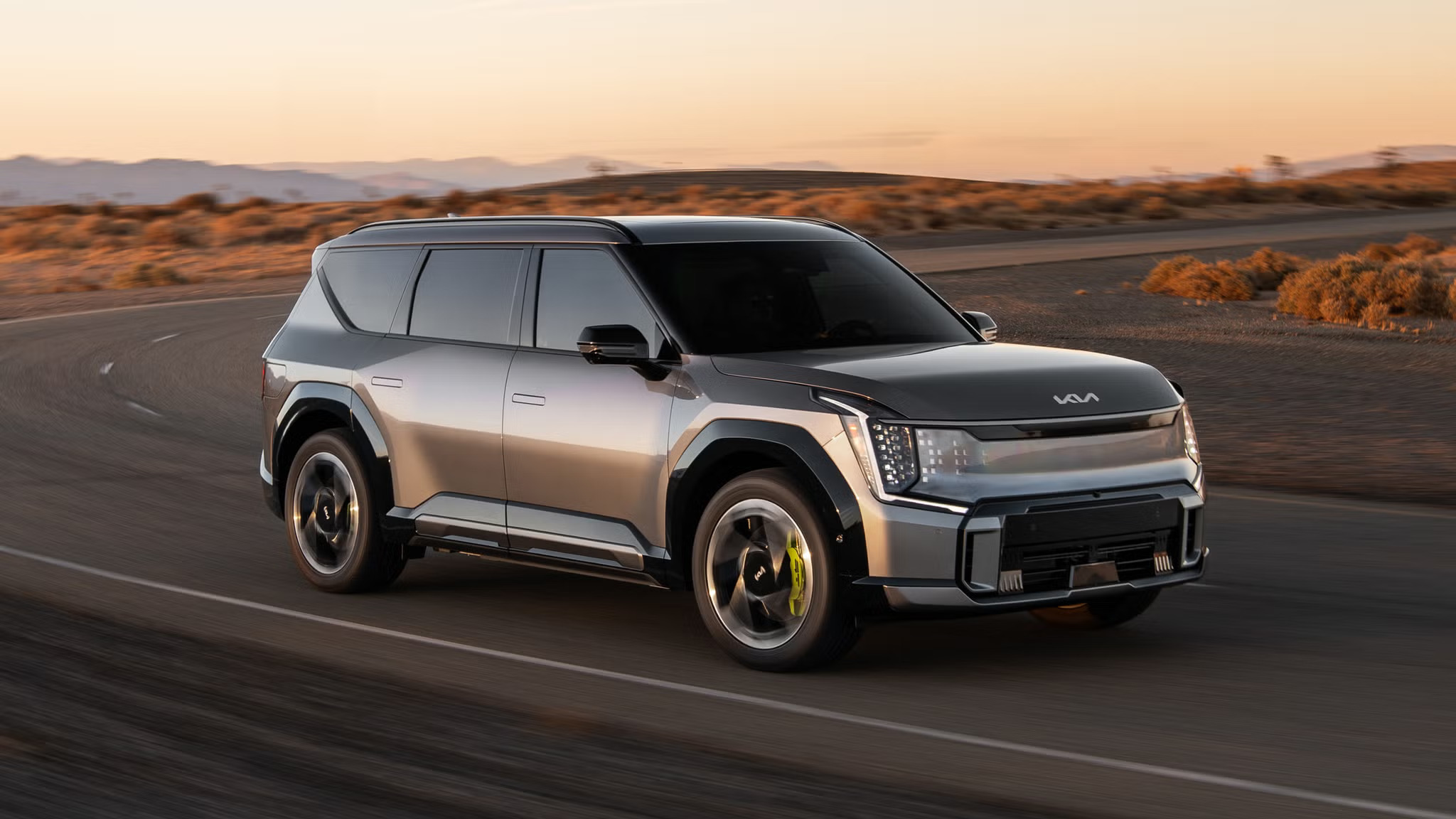
This flat charging profile means the EV9 spends less time in the later, slower portion of the charge cycle compared to competitors, resulting in more predictable charging times during road trips.
Kia’s route planning system deserves special mention for its accuracy in predicting charging times across various conditions. It factors in payload, climate control usage, and even trailer towing status when calculating charging requirements.
For family road trips, this predictability transforms the charging experience from a potential source of anxiety to a scheduled break.
The EV9 also features Kia’s enhanced preconditioning system that monitors not just battery temperature but also cell voltage balance before charging.
This ensures all cells within the pack are optimally prepared for high-rate charging, maximizing both speed and battery longevity.
When combined with the vehicle’s ability to maintain highway efficiency even when fully loaded with passengers and cargo, the EV9 offers one of the most practical fast-charging experiences for large families on long journeys.
6. BMW i5 M60 xDrive
The BMW i5 M60 xDrive represents the German automaker’s most advanced implementation of fast-charging technology to date.
Despite utilizing a 400-volt architecture rather than the 800-volt systems found in some competitors, the i5 M60 achieves remarkable charging speeds through sophisticated battery engineering and thermal management.
The sedan can charge at rates up to 205 kW, completing a 10% to 80% charge in approximately 30 minutes and adding about 150 miles of range in a 15-minute charging session.
What distinguishes BMW’s approach is its focus on charging consistency rather than headline-grabbing peak rates. The i5 M60’s charging curve maintains higher rates deeper into the charging session compared to many competitors with higher peak rates.
This is achieved through a battery design that prioritizes sustained charging capability, with cells that generate less heat during high-rate charging and a cooling system that targets specific high-load areas within the pack.
BMW’s charging preparation system deserves special mention for its comprehensive approach.
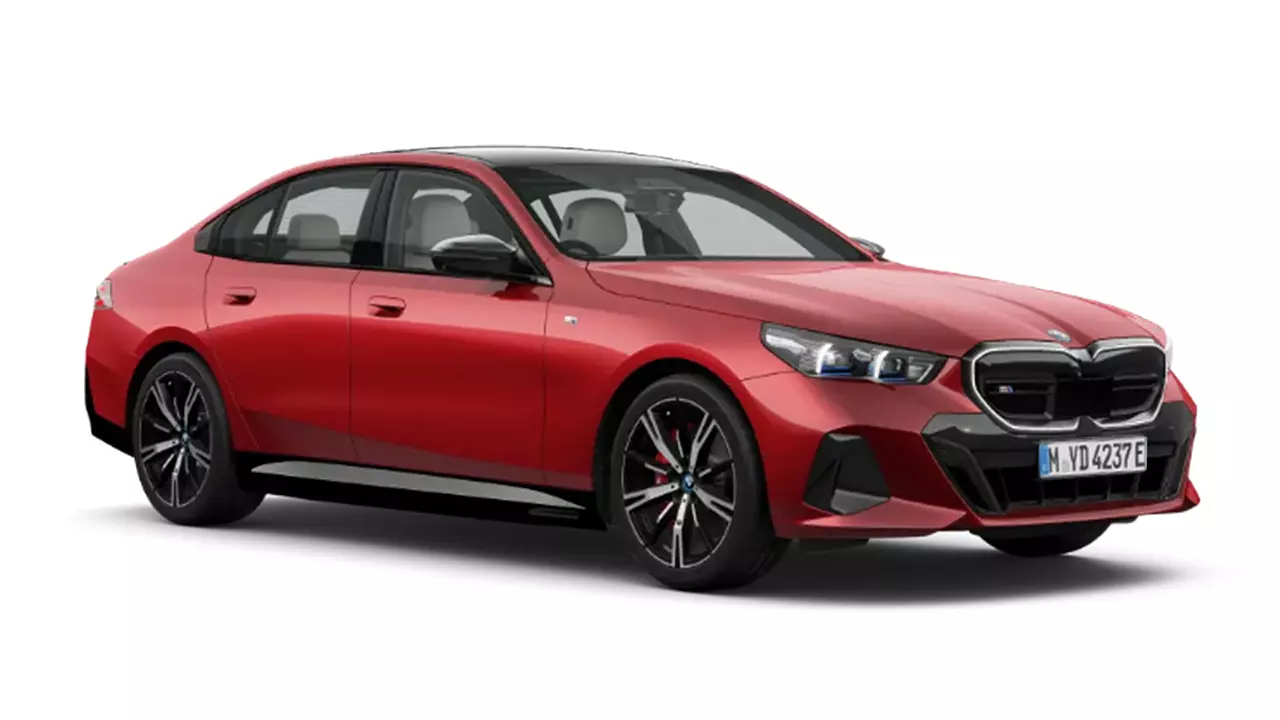
When going to a charging station, the system not only preconditions the battery but also optimizes the entire high-voltage system, including power electronics and motors.
This holistic approach ensures all components reach ideal operating temperatures, eliminating bottlenecks that could limit charging performance.
The i5 M60 features BMW’s “Charging Management 2.0” system that adapts to individual charging stations based on their power characteristics.
The system recognizes high-quality chargers from previous visits and can adjust charging parameters to maximize speed while protecting the battery from lower-quality charging stations with voltage fluctuations or power delivery issues.
In real-world testing across various weather conditions, the i5 M60 demonstrates excellent charging consistency, typically achieving 10-80% charge times within 5% of BMW’s claimed figures.
This reliability, combined with the vehicle’s efficient highway driving performance of approximately 3.2 miles per kWh at 70 mph, makes it particularly well-suited for executives and business travelers who value predictable charging stops during intercity travel.
7. Rivian R1S
The Rivian R1S has established itself as the fast-charging leader among adventure-oriented electric SUVs. Despite its imposing size and off-road capabilities, the R1S delivers impressive charging speeds that minimize downtime during long-distance journeys.
The vehicle can charge at rates up to 220 kW at compatible DC fast chargers, enabling a 10% to 80% charge in approximately 30 minutes for the Large pack variant (135 kWh).
What makes the R1S’s charging performance particularly noteworthy is how it maintains this capability across varied conditions that adventure vehicles typically encounter.
Rivian’s thermal management system employs a unique “cooling ribbon” design that snakes between every battery cell, providing more consistent temperature regulation than the more common cooling plate approach used by competitors.
This design enables the R1S to maintain higher charging rates even after strenuous driving conditions like towing or off-road adventures that typically heat the battery.
Rivian’s “Preservative Charging” strategy deserves special mention for its focus on battery longevity. Rather than pushing for the absolute fastest charging times, the system dynamically adjusts charging parameters based on battery age, usage history, and environmental conditions to balance speed with long-term battery health.
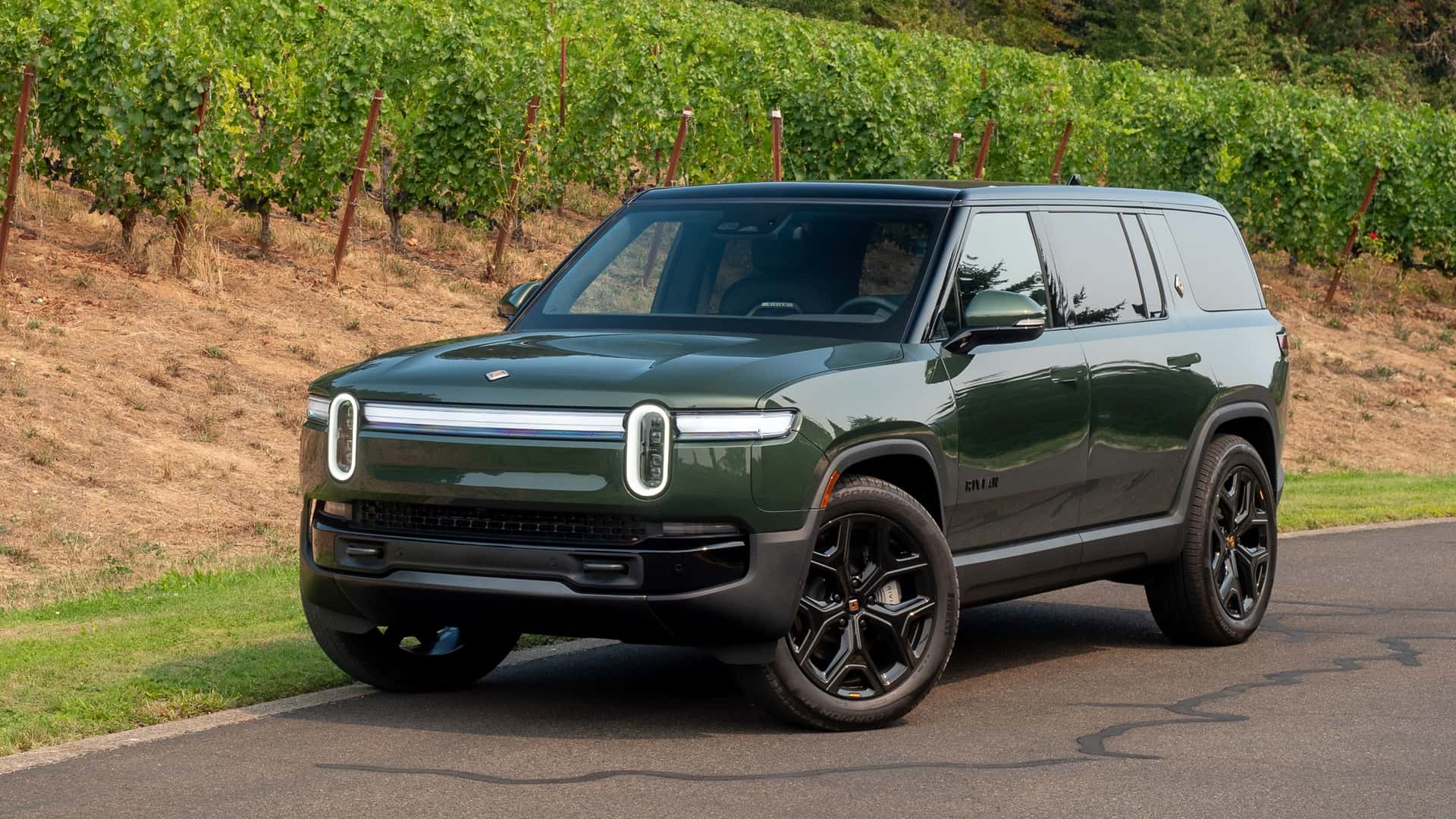
This approach recognizes that adventure vehicle owners often keep their vehicles longer and may frequently use them in remote areas where battery reliability is paramount.
The R1S features an intelligent route planner that accounts for elevation changes, off-road sections, and even trailer weight when calculating charging needs.
The system can plan routes that include Rivian’s Adventure Network chargers along with other networks, optimizing for both charging speed and convenient amenities during stops.
In real-world testing, the R1S consistently achieves 10-80% charging in 27-33 minutes depending on ambient conditions, adding approximately 140 miles of range in 15 minutes during optimal charging.
While this peak rate is slightly lower than some competitors, the R1S maintains higher charging rates between 60-80% state of charge than most rivals, resulting in more predictable charging times during long adventure trips.
8. Mercedes-Benz EQS 580 4MATIC
The Mercedes-Benz EQS 580 4MATIC exemplifies how sophisticated software and thermal management can deliver excellent charging performance even without the highest peak charging rates.
Despite using a 400-volt architecture, the EQS can charge at speeds up to 200 kW, completing a 10% to 80% charge in approximately 31 minutes for its massive 108.4 kWh battery.
This translates to adding around 185 miles of range in a 15-minute charging session during optimal conditions. What distinguishes the EQS’s charging experience is Mercedes’ holistic approach to energy management.
The “Intelligent Thermal Management” system uses up to 12 separate cooling circuits with independently controlled valves to precisely regulate temperatures across all high-voltage components.
This complexity allows the EQS to begin battery preconditioning up to 30 minutes before reaching a programmed charging stop, ensuring the entire battery pack not just portions of it reaches optimal temperature.
The EQS charging curve demonstrates remarkable consistency, maintaining rates above 180 kW until approximately 45% state of charge, and still accepting over 120 kW at 65% battery level.
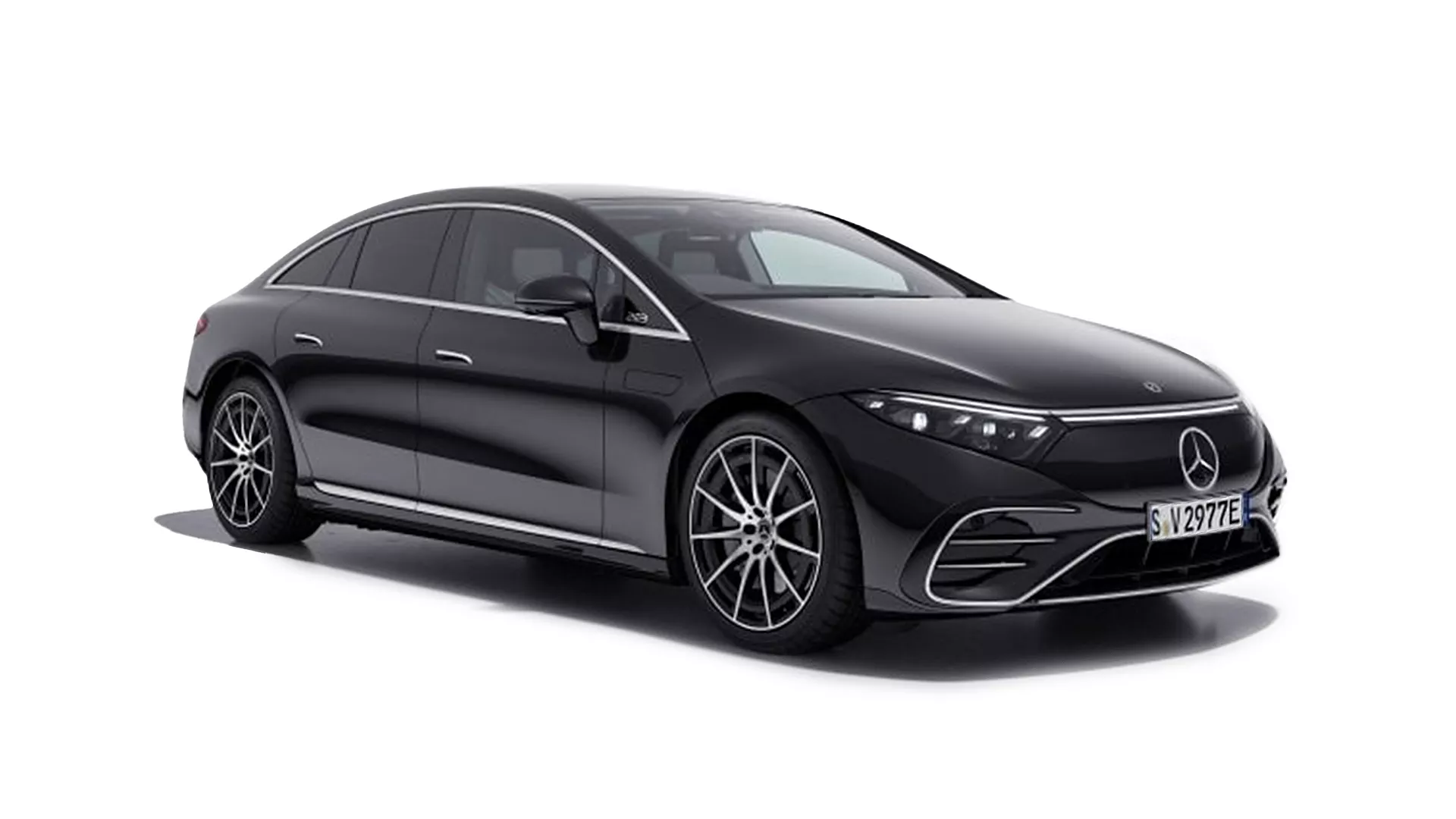
This balanced profile, combined with the vehicle’s exceptional efficiency (3.7-4.0 miles per kWh at highway speeds), results in excellent real-world charging performance despite not having the highest peak rates in its class.
Mercedes’ Electric Intelligence navigation system deserves special mention for its accuracy in predicting charging times. It factors in topography, traffic conditions, outside temperature, and even driving style when calculating necessary charging stops.
The system can dynamically reroute to different charging stations based on real-time availability and anticipated charging speeds, minimizing journey time rather than simply minimizing the number of stops.
The EQS also features Mercedes’ “Plug & Charge” functionality across multiple charging networks, eliminating payment hassles at compatible stations.
The system authenticates the vehicle automatically upon connection, streamlining the charging experience. When combined with the vehicle’s extraordinarily quiet cabin and available Executive Rear Seat Package, charging stops become comfortable rest periods rather than unwelcome delays.
9. Audi Q8 e-tron
The Audi Q8 e-tron showcases how continuous evolution and software refinement can significantly improve charging performance in a platform originally designed with more modest capabilities.
While the Q8 e-tron utilizes a 400-volt architecture, Audi’s engineering team has progressively enhanced its charging capabilities through battery chemistry improvements and thermal management optimization.
The latest iteration charges at rates up to 170 kW, completing a 10% to 80% charge in approximately 31 minutes for its 106 kWh battery pack. What sets the Q8 e-tron apart is how it maintains consistent charging speeds across a wide range of ambient conditions.
Audi’s thermal management system employs a sophisticated liquid cooling circuit with four separate temperature zones within the battery, allowing precise temperature control even in extreme climates.
This design enables the Q8 e-tron to achieve nearly identical charging times in environmental conditions ranging from 20°F to 90°F performance few competitors can match.
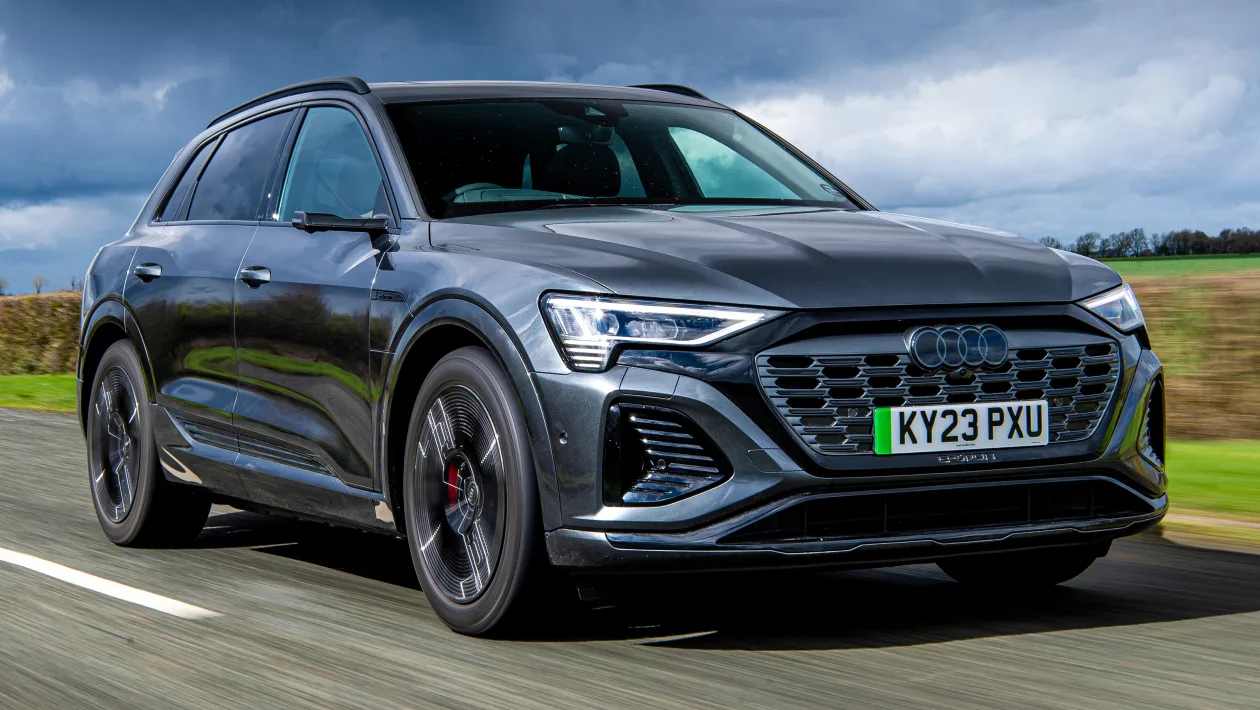
The Q8 e-tron’s charging curve shows excellent consistency in the critical 20-60% charging window, maintaining rates above 150 kW throughout this range.
This translates to adding approximately 110 miles of range in 15 minutes during optimal charging conditions. While this peak rate is lower than some competitors, the Q8 e-tron compensates with excellent charging predictability across varied conditions.
Audi’s route planning system deserves special mention for its integration with the vehicle’s efficiency assistant. When going to a charging destination, the system not only preconditions the battery but also adjusts regenerative braking profiles to optimize battery temperature management during the approach.
This holistic approach ensures the battery reaches the charger in optimal condition regardless of the preceding driving style. The Q8 e-tron also features enhanced power electronics that can better accommodate charging stations with power fluctuations a common issue with older or heavily-used DC fast chargers.
This adaptation capability allows the vehicle to maintain higher average charging rates at real-world charging stations compared to laboratory testing, making the Q8 e-tron particularly well-suited for regions with developing charging infrastructure.
10. Volkswagen ID.7 Pro S
The Volkswagen ID.7 Pro S represents a significant advancement in fast-charging capabilities within the mainstream electric sedan segment.
Building on lessons learned from earlier ID models, the ID.7 Pro S features Volkswagen’s enhanced 400-volt architecture with upgraded power electronics and battery management.
The vehicle can charge at rates up to 200 kW, completing a 10% to 80% charge in approximately 26 minutes for its 86 kWh battery pack. This translates to adding about 170 miles of range in a 15-minute charging session.
What distinguishes the ID.7’s charging experience is Volkswagen’s focus on optimizing the entire charging curve rather than just achieving impressive peak rates.
The ID.7 maintains charging rates above 170 kW until approximately 50% state of charge and still accepts over 100 kW at 70% battery level.
This consistent performance is achieved through a redesigned battery thermal management system that employs more direct cooling of critical areas within the pack.
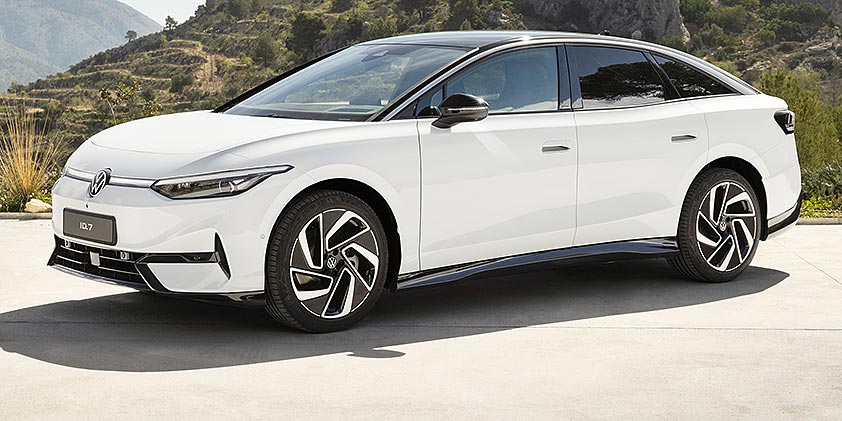
The ID.7 Pro S features Volkswagen’s most advanced battery preconditioning system to date, which begins preparing the battery up to 20 minutes before reaching a programmed charging stop.
Unlike earlier ID models that required manual activation, the ID.7’s system automatically engages when going to DC fast chargers, ensuring optimal battery temperature upon arrival.
Volkswagen’s “Plug & Charge” functionality deserves special mention for its wide compatibility across multiple charging networks. The system automatically authenticates and initiates charging upon connection at compatible stations, eliminating payment hassles.
When combined with the vehicle’s ability to store and recall preferred charging parameters for frequently visited stations, this creates a remarkably streamlined charging experience.
In real-world testing across varied climate conditions, the ID.7 Pro S consistently achieves 10-80% charging times between 26-30 minutes depending on ambient temperature.
While cold weather still impacts performance, the vehicle’s improved thermal management system mitigates these effects better than previous ID models.
This reliability, combined with the vehicle’s excellent highway efficiency of approximately 3.8 miles per kWh at 70 mph, makes the ID.7 Pro S particularly well-suited for business travelers and commuters who value predictable charging stops.
Also Read: 12 Electric Sports Cars Gaining Traction Among Hobbyists

